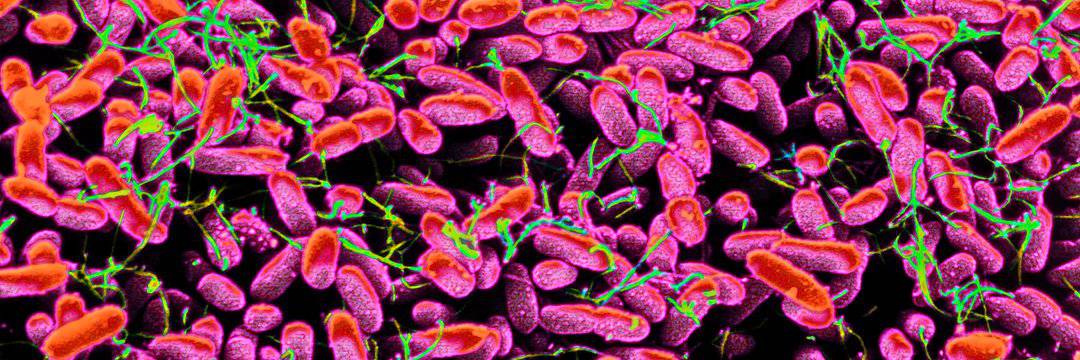According to the Organisation for Economic Co-operation and Development (OECD), drug-resistant microbes are responsible for claiming the lives of 79,000 individuals every year across 34 countries in the OECD and EU/EEA. This crisis also drives up annual medical expenses by an average of approximately $28.9 billion.
The OECD warns that if left unaddressed, the resistance to last-resort drugs could worsen by over two-fold in the OECD countries by 2035, compared to levels observed in 2005. This alarming forecast would result in more patients being deprived of effective treatments for ailments such as pneumonia, bloodstream infections, and other serious illnesses.
The report further reveals that Greece, India, Turkey, and some other nations have already reached a "dangerously high" prevalence of hard-to-treat infections that lengthen hospital stays. By 2035, it is anticipated that over 40% of infections caused by twelve critical pathogens in these countries will be resistant to antibiotic therapy.
In response to this growing global health threat, the 377-page report presents an in-depth analysis of the health and economic costs associated with these resilient germs. It also offers recommendations to combat the issue effectively.
Antibiotic consumption in humans has witnessed an average annual increase of nearly 2% since 2000. Moreover, more than a third of OECD countries fail to meet the target set by the World Health Organization, indicating that significant reductions in antibiotic use are not expected until at least 2035.
While the use of antimicrobials in animals has decreased by 50% across OECD countries from 2000 to 2019, further reductions of 10% are projected by 2035. Nevertheless, the majority of sales of veterinary antimicrobials occur in developing nations.
The report highlights that by 2035, the sale of antimicrobials for animal use in G20 countries is expected to almost double the OECD average. China, in particular, accounted for nearly half of the global consumption of these drugs in food animals in 2017.


